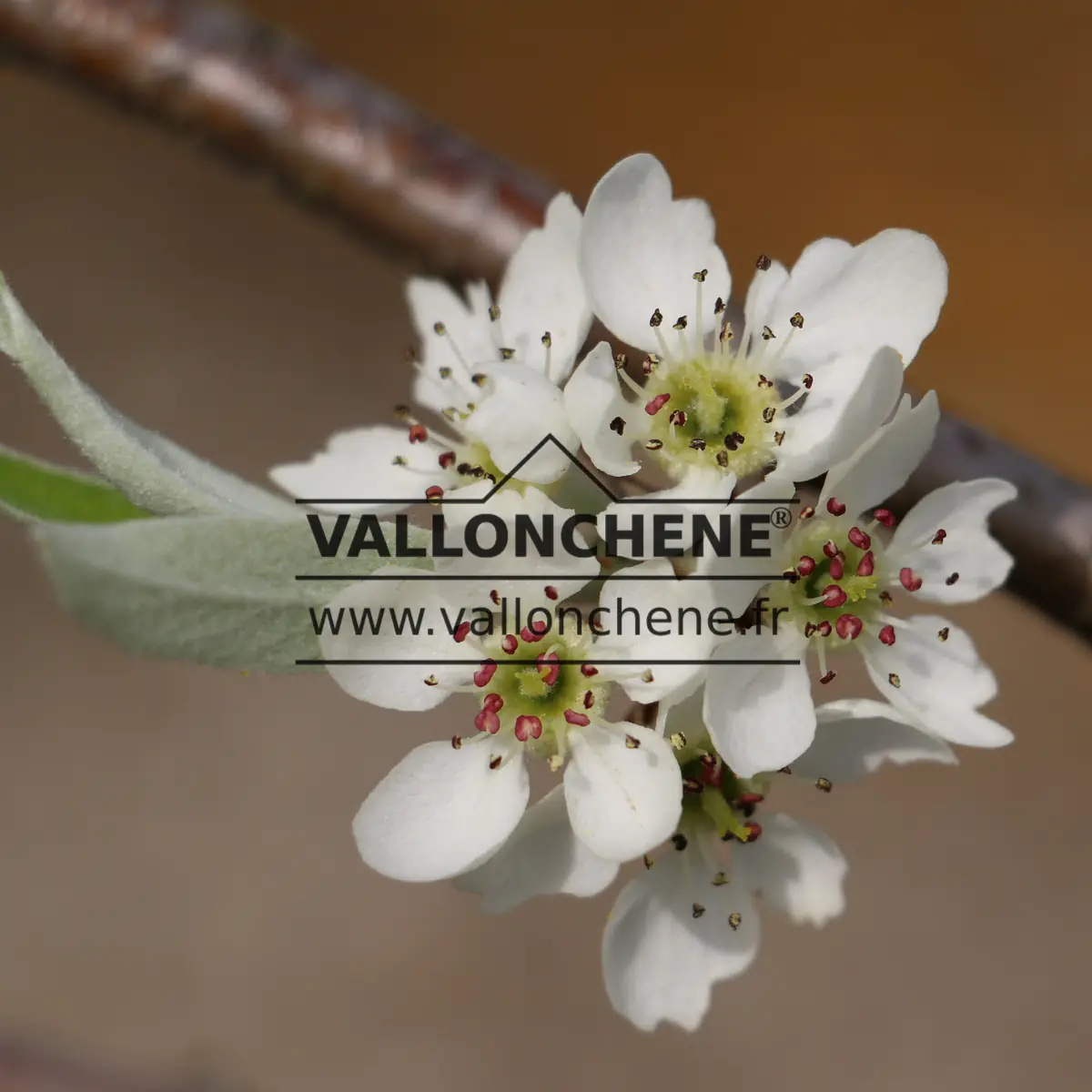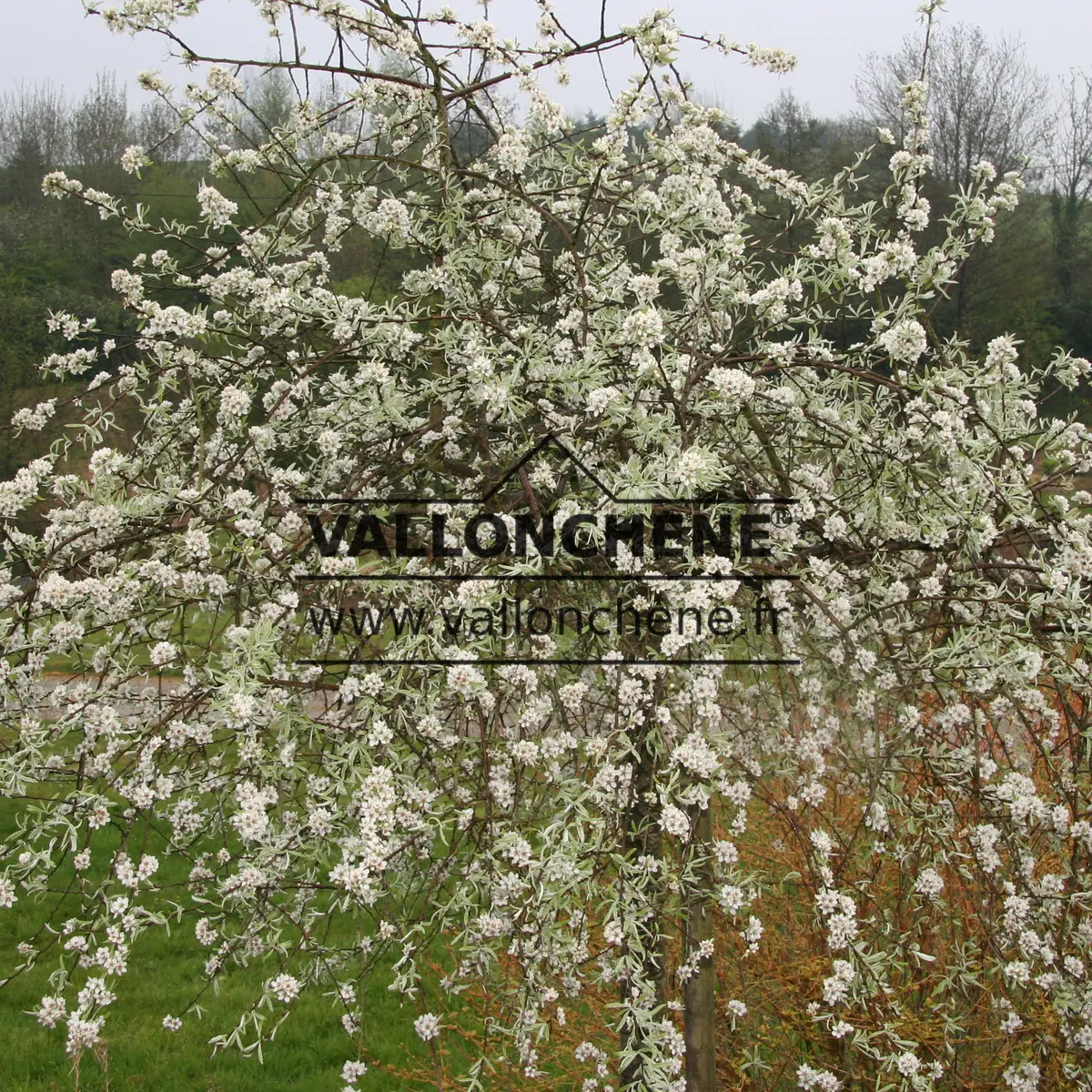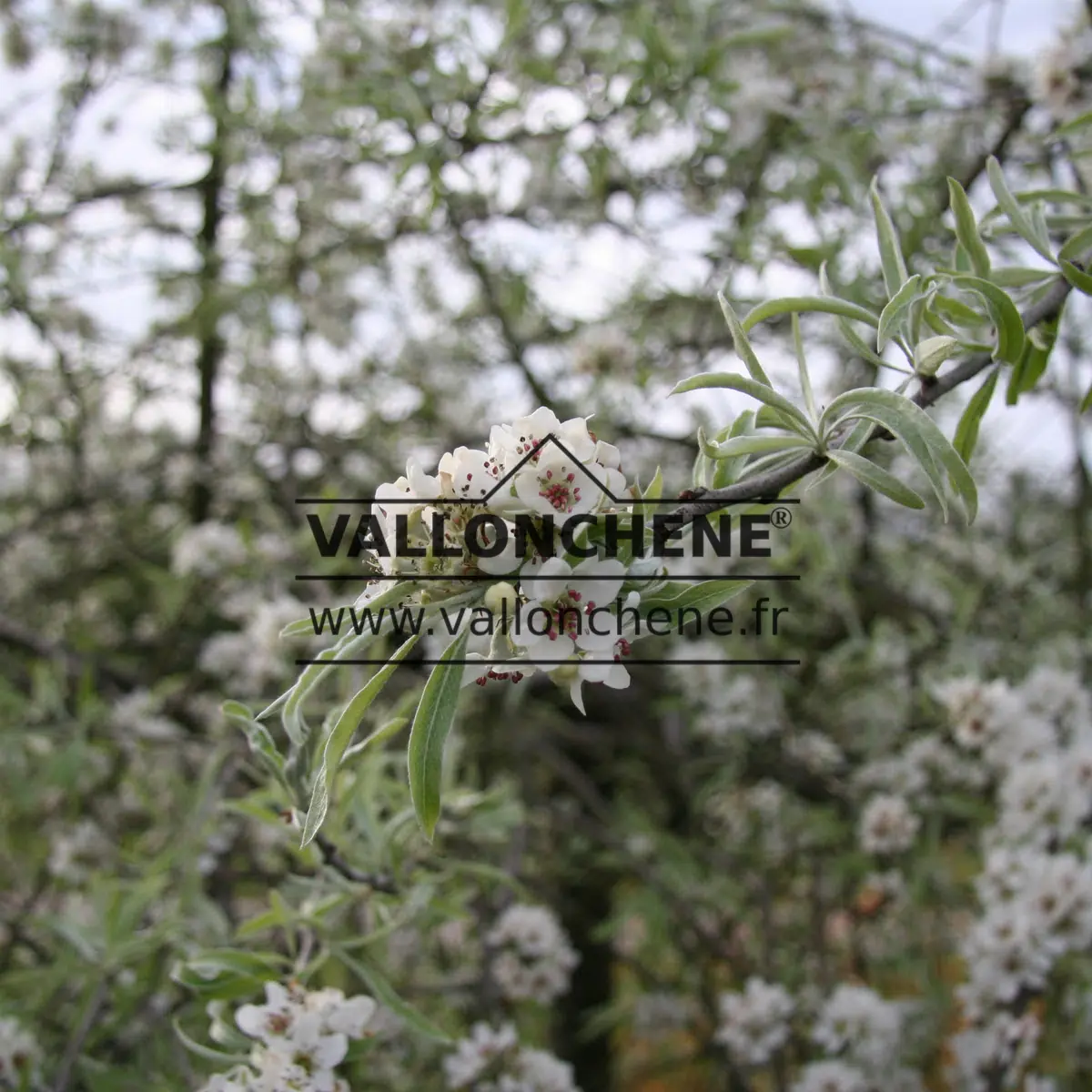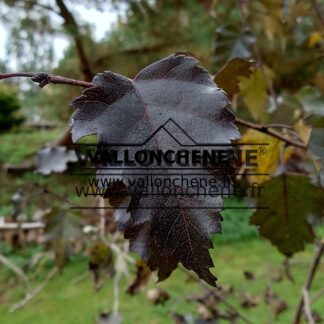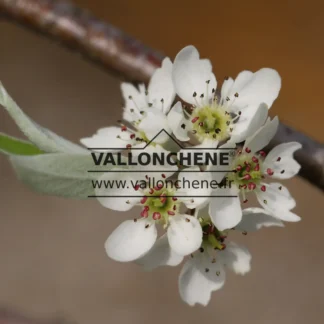Description
PYRUS salicifolia ‘Pendula’ represents a small weeping tree with decidedly drooping branches. As a result, this rather extraordinary plant provides a graphic element, even in winter, when the foliage has disappeared.
It has the common name weeping willow-leaved pear, since its leaves are very narrow and relatively long. Furthermore, they are light gray and covered with light down. Unlike the species P. salicifolia, this plant grows much fewer grand.
In addition, in spring, it flowers profusely. Its flowers are white and serve as pollinators for fruit pear trees.
Moreover, P. salicifolia ‘Pendula’ has an excellent root system.
To view all our PYRUS (ornamental and fruit), please click here.
How to grow PYRUS salicifolia ‘Pendula’?
The weeping willow-leaved pear likes full sun and is also happy with partial shade.
Moreover, it tolerates any type of soil: light, normal or heavy, regardless of the pH.
Prune it in March, if necessary. However, this seems unlikely given its small development.
This plant is extremely resistant to drought, heat and temperatures below -20° C.
For a good preparation of the pot or ground, we have designed specific instructions available here. Furthermore, discover here how to water your garden and save water.
History and Origin
The type species P. salicifolia has been cultivated since 1780. It is widely used as an ornamental plant in gardens. PYRUS salicifolia ‘Pendula’ then brings a real plus with its hanging graphics.
The cultivar P. salicifolia ‘Pendula’ has received the prestigious Award of Garden Merit from the RHS (Royal Horticultural Society).
The natural habitat of the species is located in the south of the Caucasus, north-eastern Turkey up to Iran. It grows in forests or arid places at heights ranging from 300 to 1800 meters.
In addition, P. salicifolia is used as a rootstock for fruit pear trees since it tolerates drought and cold well.

